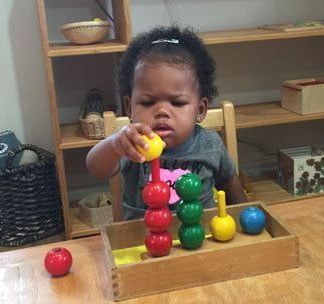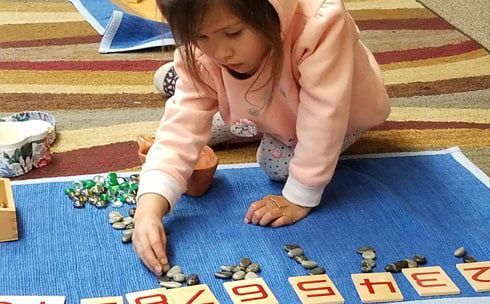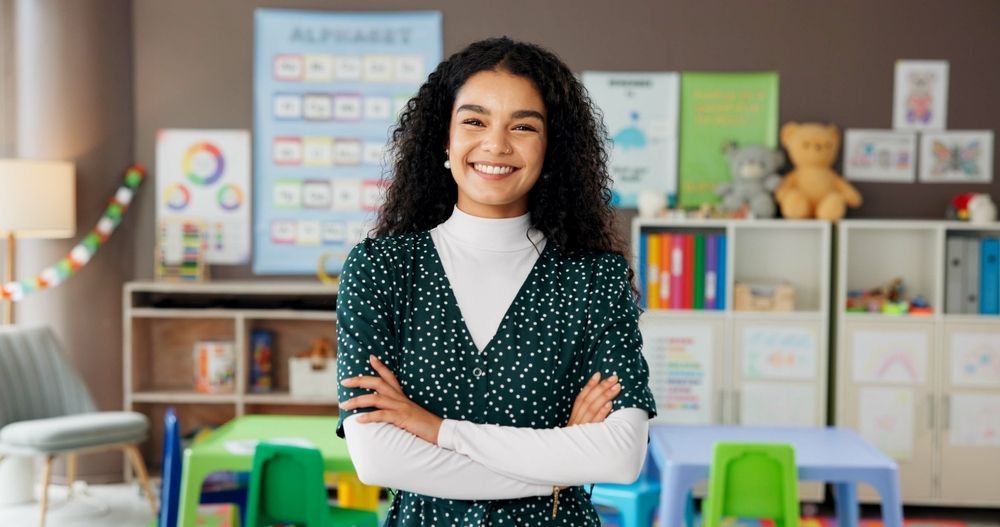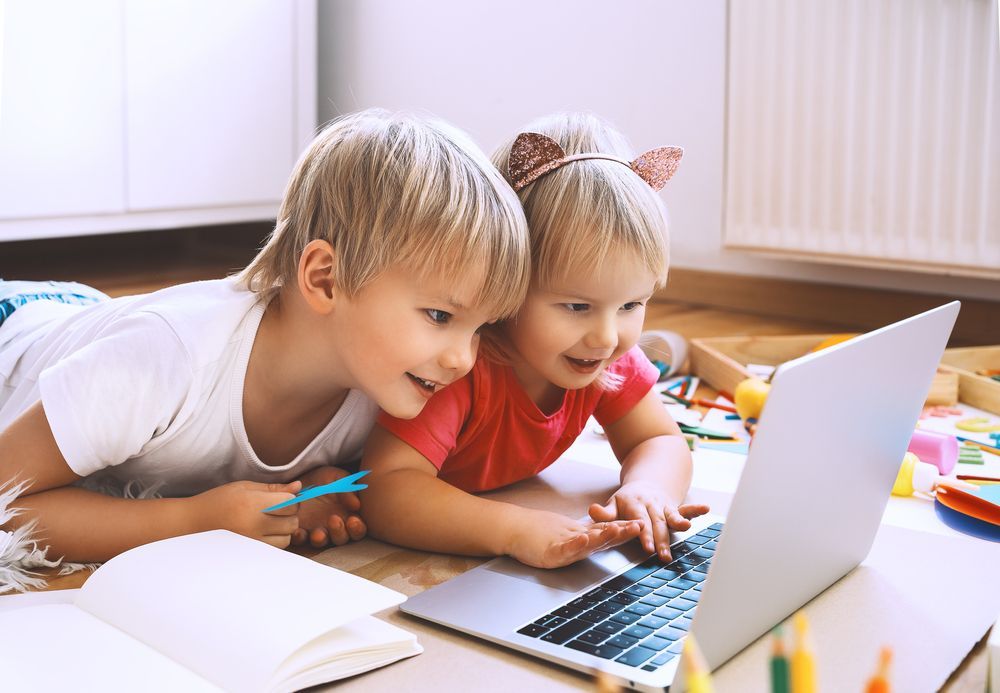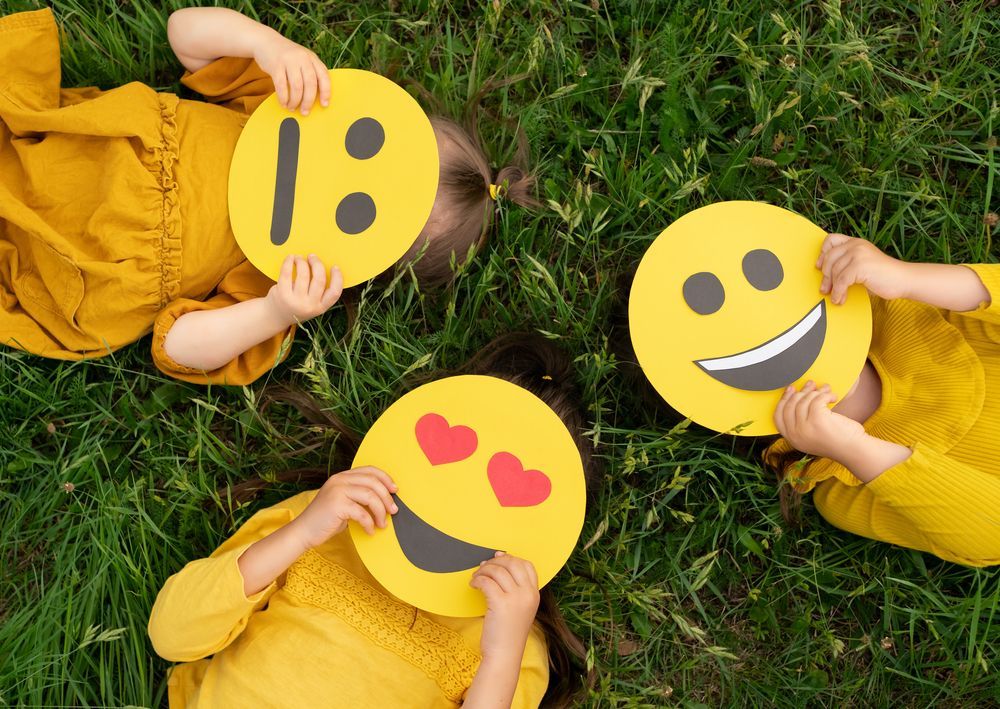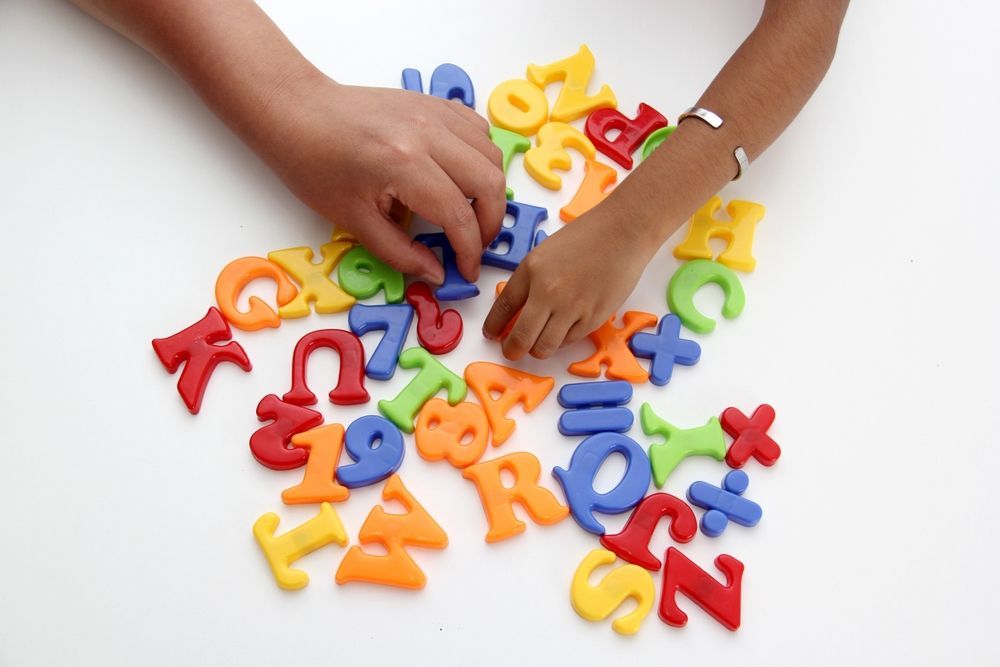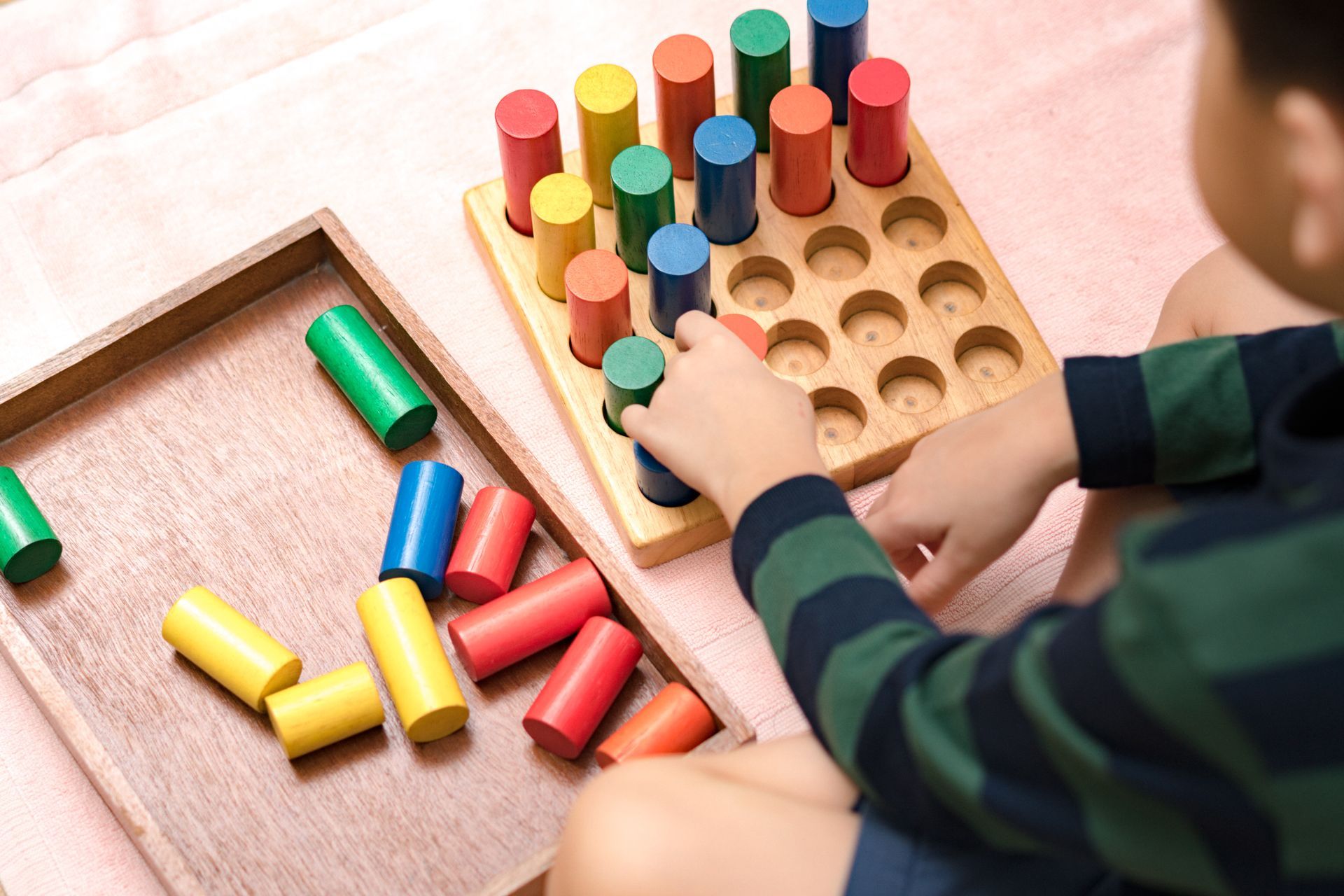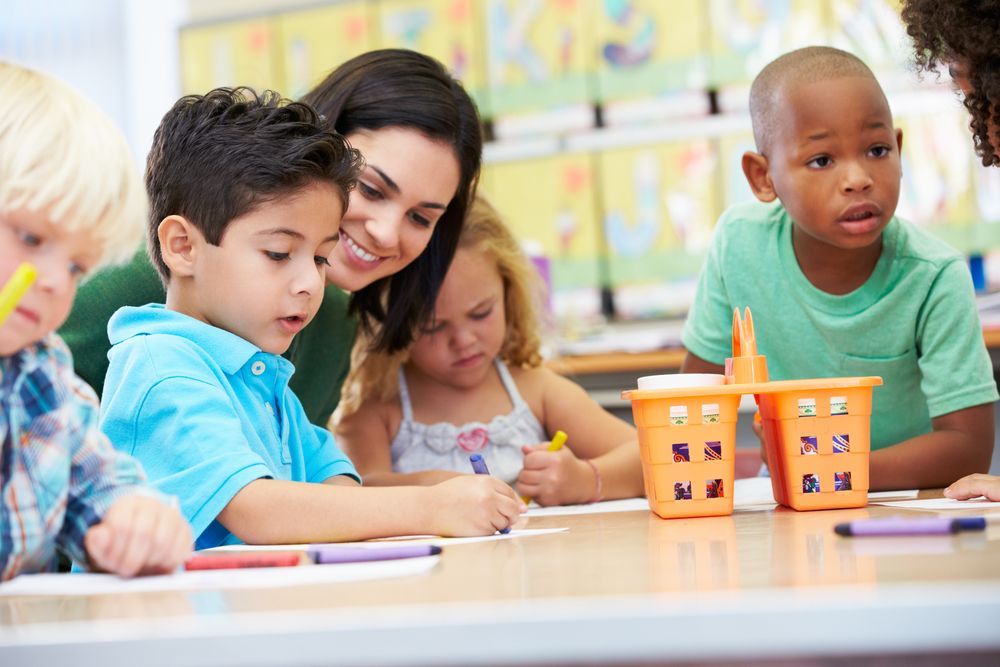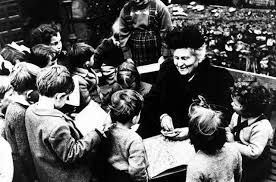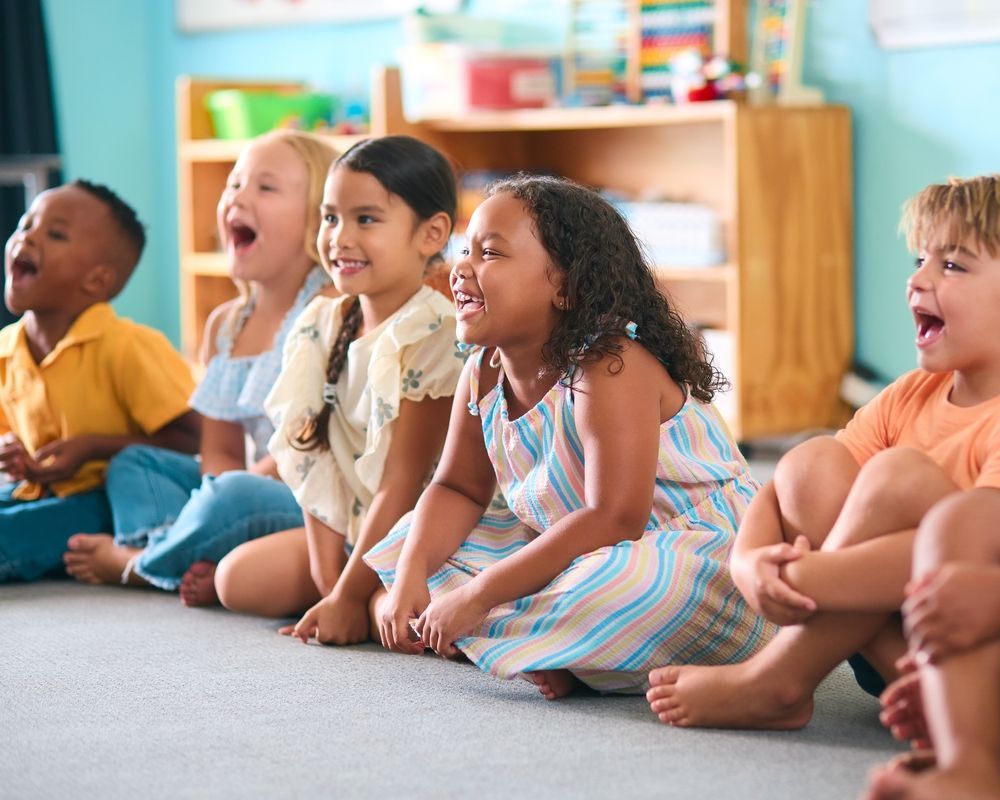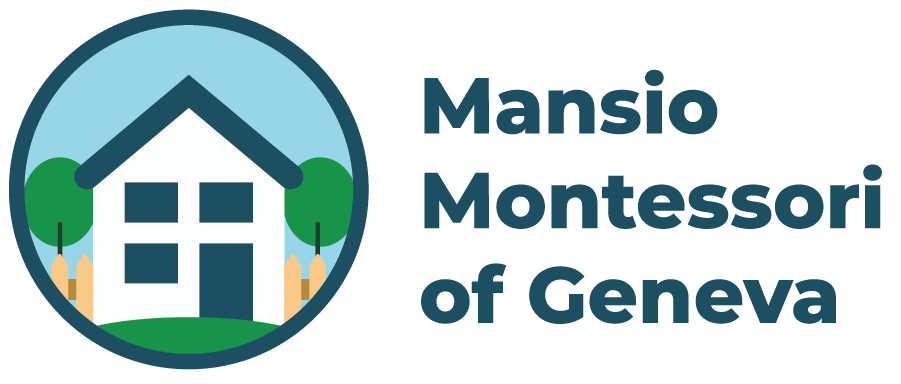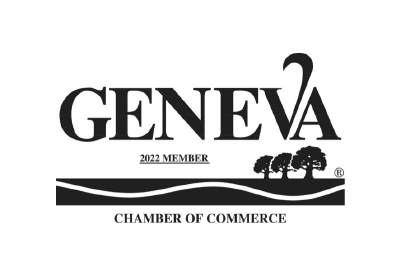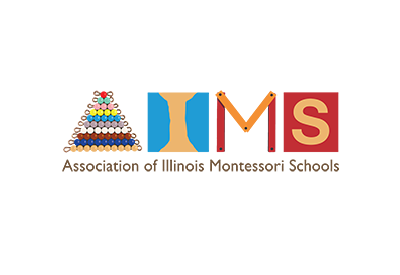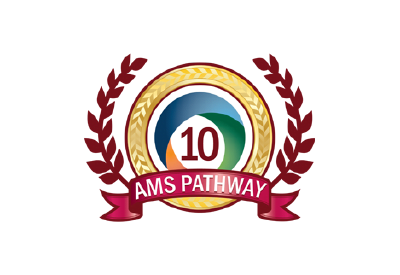Key Parts of a Montessori Classroom
Share this Article:
Written by: Mansio Montessori
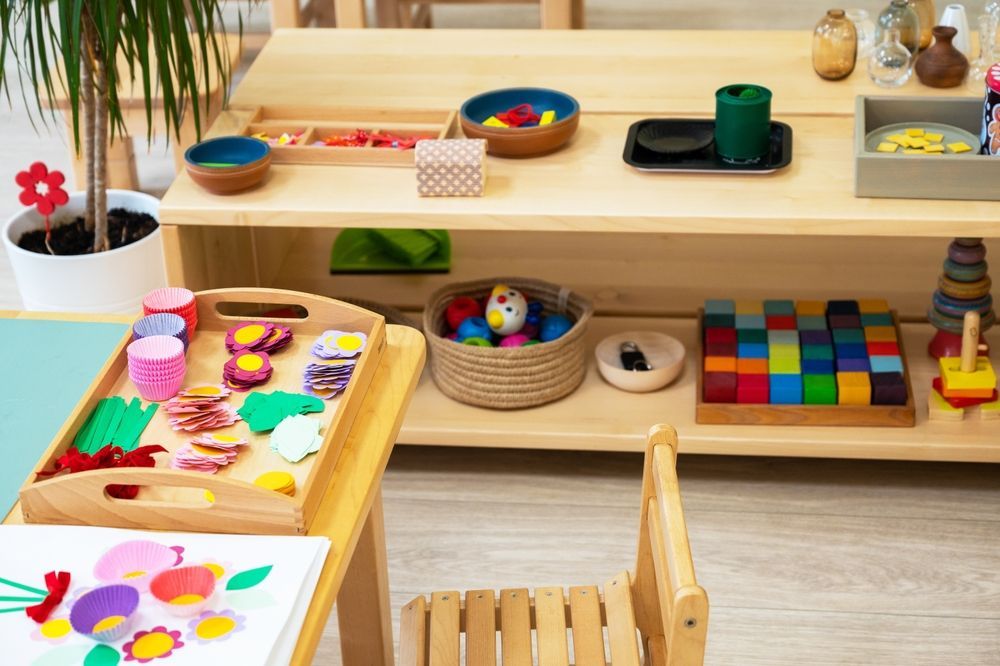
What makes a Montessori classroom different from a traditional preschool or elementary school? Why are the programs in Montessori so effective? The answer is because of the unique approach to learning taken in these schools. If you walk into one of these schools, you will notice some specific differences, starting with the Montessori classroom setup. Here is a closer look at what that setup includes.
The Montessori Classroom Setup
Montessori education creates a love for learning by fostering independence in even the youngest learners. It does so not only with the focus and instruction of the teachers but also with the very setup of the classroom. If you walk into a Montessori classroom, you can tell the educational philosophy just by the way the room is set up. Here’s what you should expect to see in this classroom.
Independence & Movement
Encouraging independence and free movement around the classroom are both important aspects of setting up a Montessori classroom. Children should be free to explore areas of interest to them, and they should have the freedom to express their independence. The very layout of the classroom will encourage this. In many ways, the classroom should be structured to allow freedom within limits, which means providing space for the child to explore on their own.
Structure & Engagement
Structure is essential to the Montessori classroom. It should have a logical layout that makes it easy for children to find learning materials. The classroom should also have routines that keep the day predictable for the children. It also should be set up to promote engagement. Keeping learning materials visible or in easy-to-reach containers will foster engagement.
Community & Socialization
Building a sense of community is key in Montessori education, and the layout of the classroom, as well as the items contained in that classroom, both help with this. Setups that encourage socialization, such as learning materials that children can use together, are also key. Activities that encourage children to care for their space, such as cleaning up after lunch, are also part of this.
Atmosphere
Everything about Montessori learning is positive. Even
discipline takes a positive approach. The classroom should have an atmosphere that is nurturing and inviting. The teacher will model this through their demeanor, and the classroom will also showcase beauty and organization to inspire learning, kindness, and friendly behavior.
Nature
Nature is essential in the Montessori classroom. From outdoor learning areas to live plants, animals, and natural playthings brought inside, there should be a touch of nature almost everywhere you look in the classroom. The classroom will also bring in nature by adding natural light from windows throughout the space.
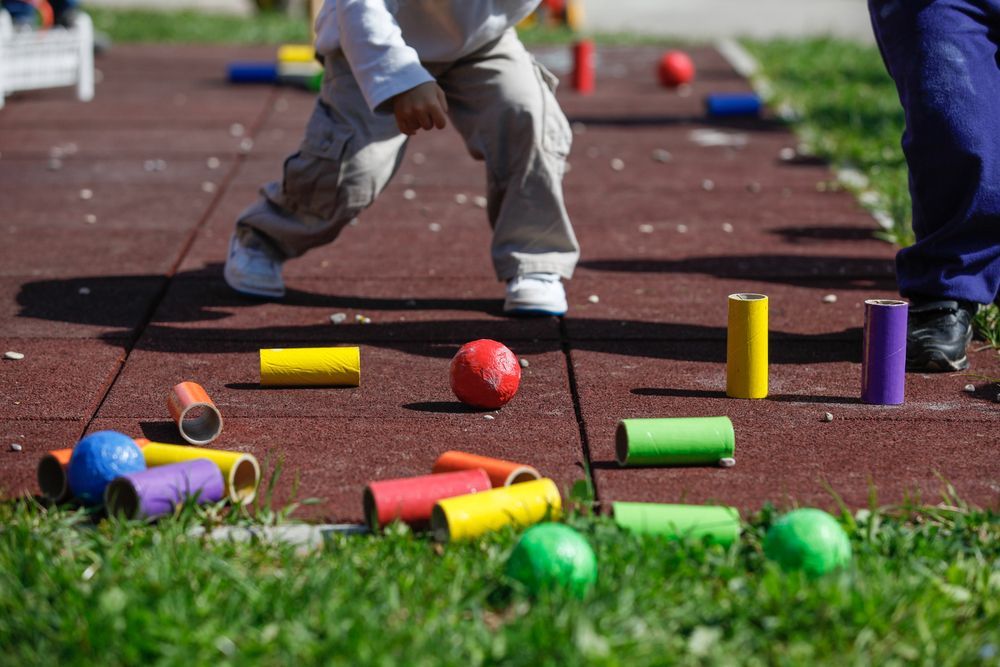
Core Montessori Classroom Learning Areas
As you organize the Montessori classroom, you will set up various learning areas. While there should be freedom of movement between the areas, there should also be distinct learning areas that cover these types of materials:
Practical Life
Montessori learning focuses on building practical life skills in students. For example, they learn to clean and wash, and they also have child-sized items to do basic cutting. Areas that focus on gardening, bathing dolls, and setting or cleaning the table are all part of the practical life area. Lacing frames are also part of practical life learning.
Sensorial
Young children learn best by using all of their senses, and the learning materials in this classroom will involve sensorial learning. Learning to sort, classify, or organize the environment falls under sensorial learning. Activities and learning materials that teach children to stack items, sort items, and even place items into specific categories will fall into this category. This is also the part of the classroom where learning materials focused on other senses will be. For example, smelling bottles will fit in this area, as will touch tablets that encourage the exploration of different textures.
Math
Math materials are included at all levels of Montessori education. The youngest students will practice counting and number identification using counting beads and wooden number cards. A trinomial cube introduces more advanced mathematic and geometric concepts. Geometric tiles and puzzles will also be in this part of the classroom.
Language
Children are naturally drawn to learn about their language, and the language area should be well-stocked with literacy development tools. Alphabet puzzles, reading material, letter identification cards, and writing materials are all in this area. Children should have a variety of reading materials in varying difficulty levels to encourage free exploration of literacy and language.
Cultural
The final area of the classroom is the cultural area. Here, you will place learning materials that encourage children to explore their world. Geography and cultural learning materials, botany, biology, and zoology experiments, music, art, and history all fall into this category. The goal of these materials is to give children exposure to human culture and the natural environment to better appreciate the world.
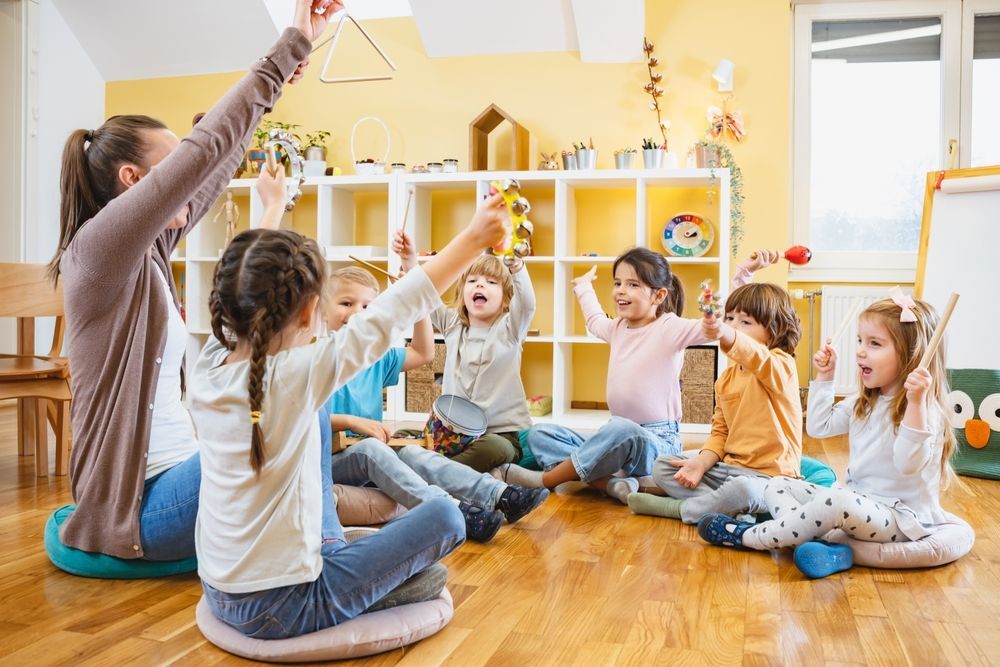
Advantages of the Montessori Classroom
The Montessori classroom sets the foundation for a lifelong love of learning. It makes learning natural and fun, and children are naturally drawn to the process. It also teaches children self-discipline and independence by making them a natural part of taking care of their community.
This type of self-directed learning allows children to work at their own pace, which in turn means they are able to fully grasp concepts before moving to the next one. It also makes creative learners because the goal is not necessarily the end result, but more the entire process of getting there.
Mansio Montessori Sets Up Child Success
All of the components of the Montessori classroom setup are designed to make children successful learners. As you consider what education is right for your child, give Montessori a close look. With self-directed learning, positive learning outcomes, and the power to create lifelong learners, the Montessori approach can set your child up for success. If you are interested in learning more about our Montessori school, reach out today. You can also get information from our admissions team or learn more about our school and how it can partner with you for your child’s education.

